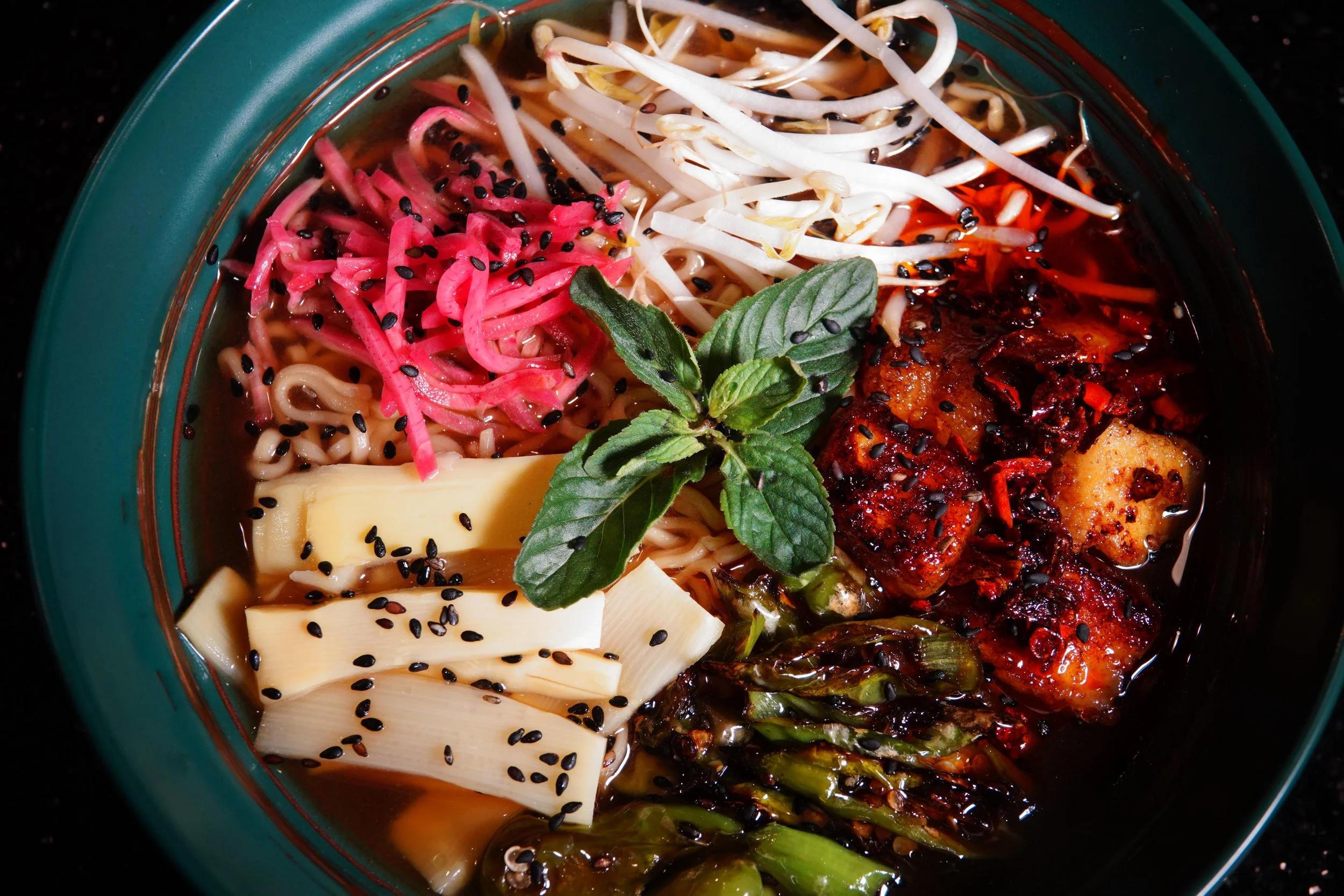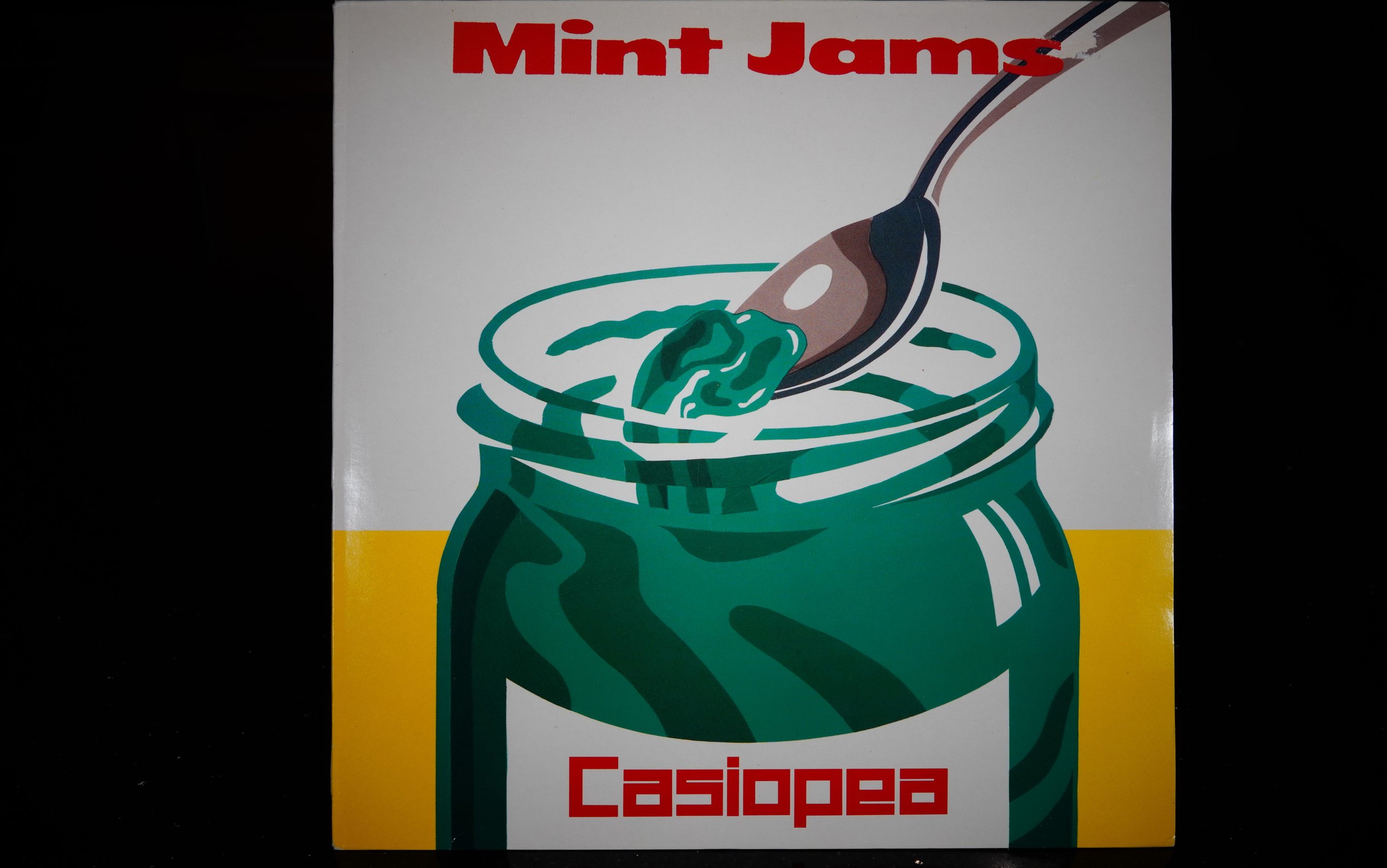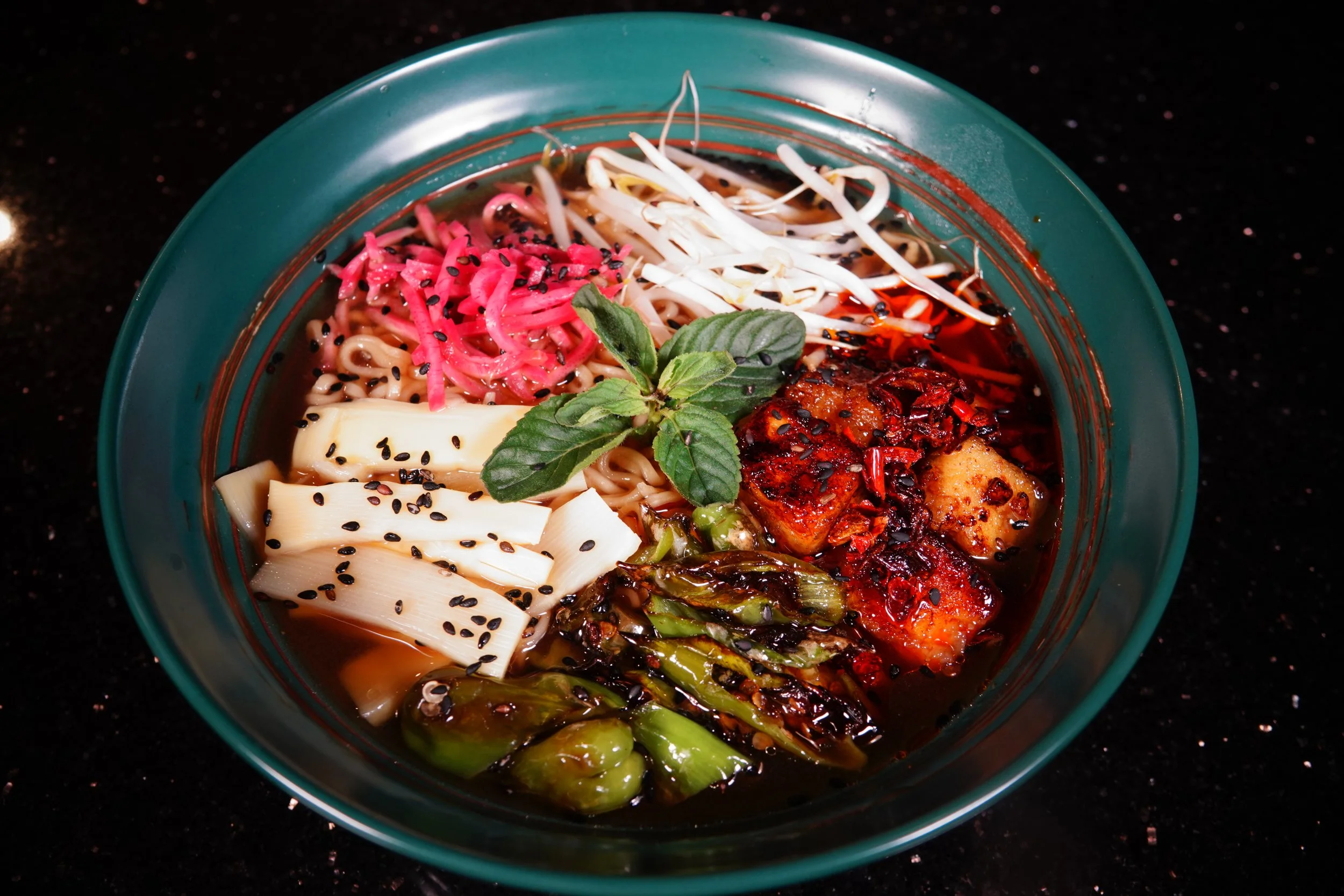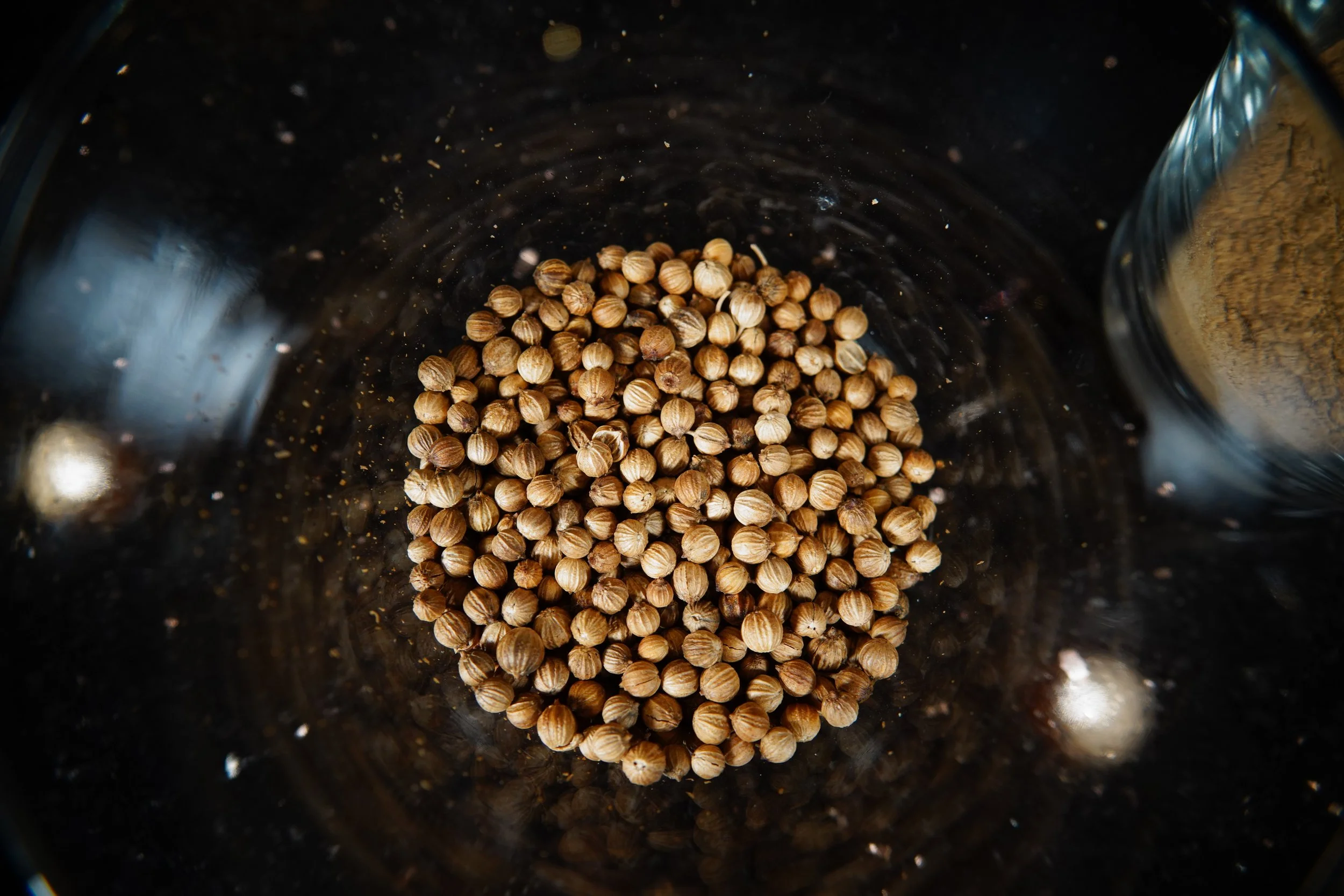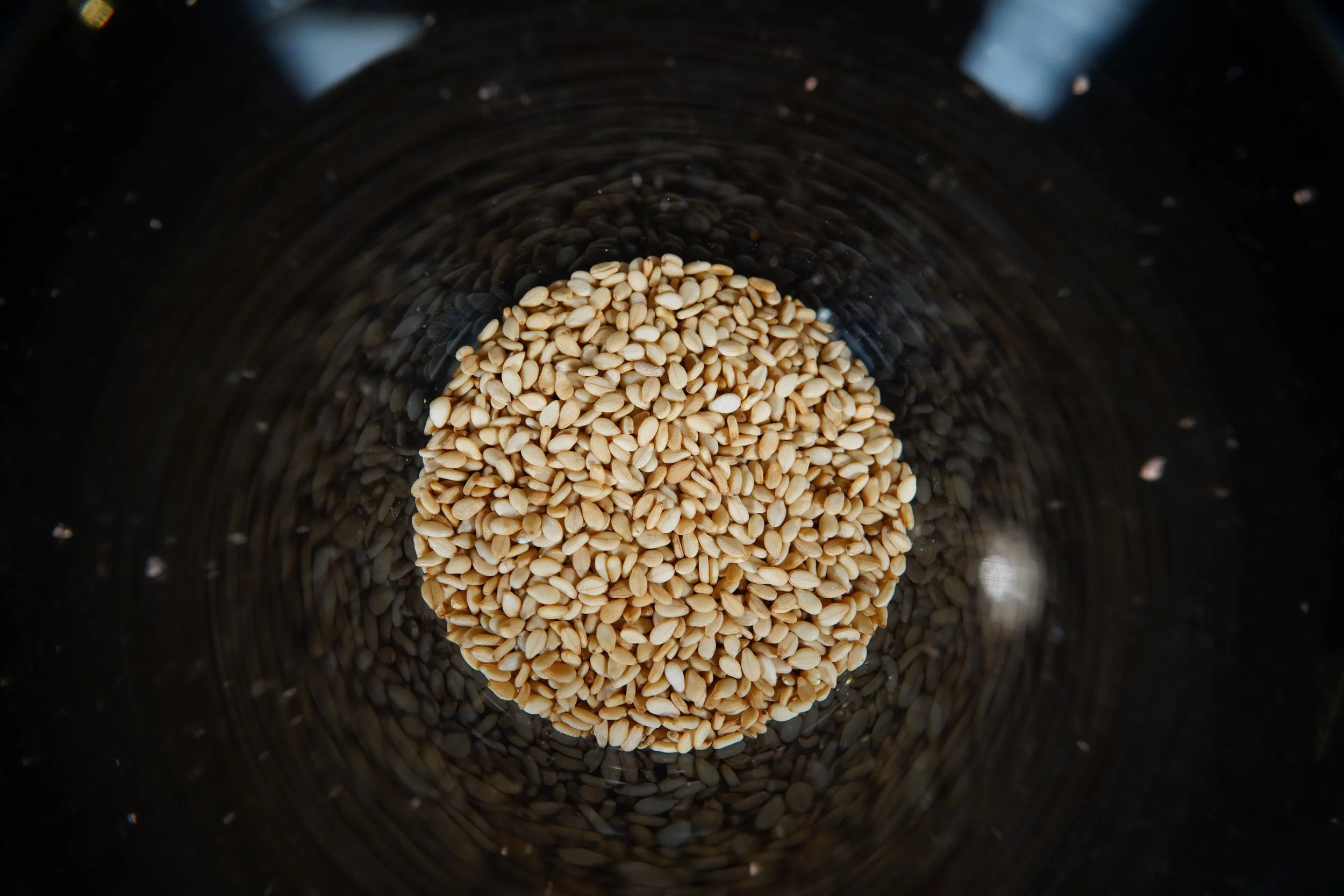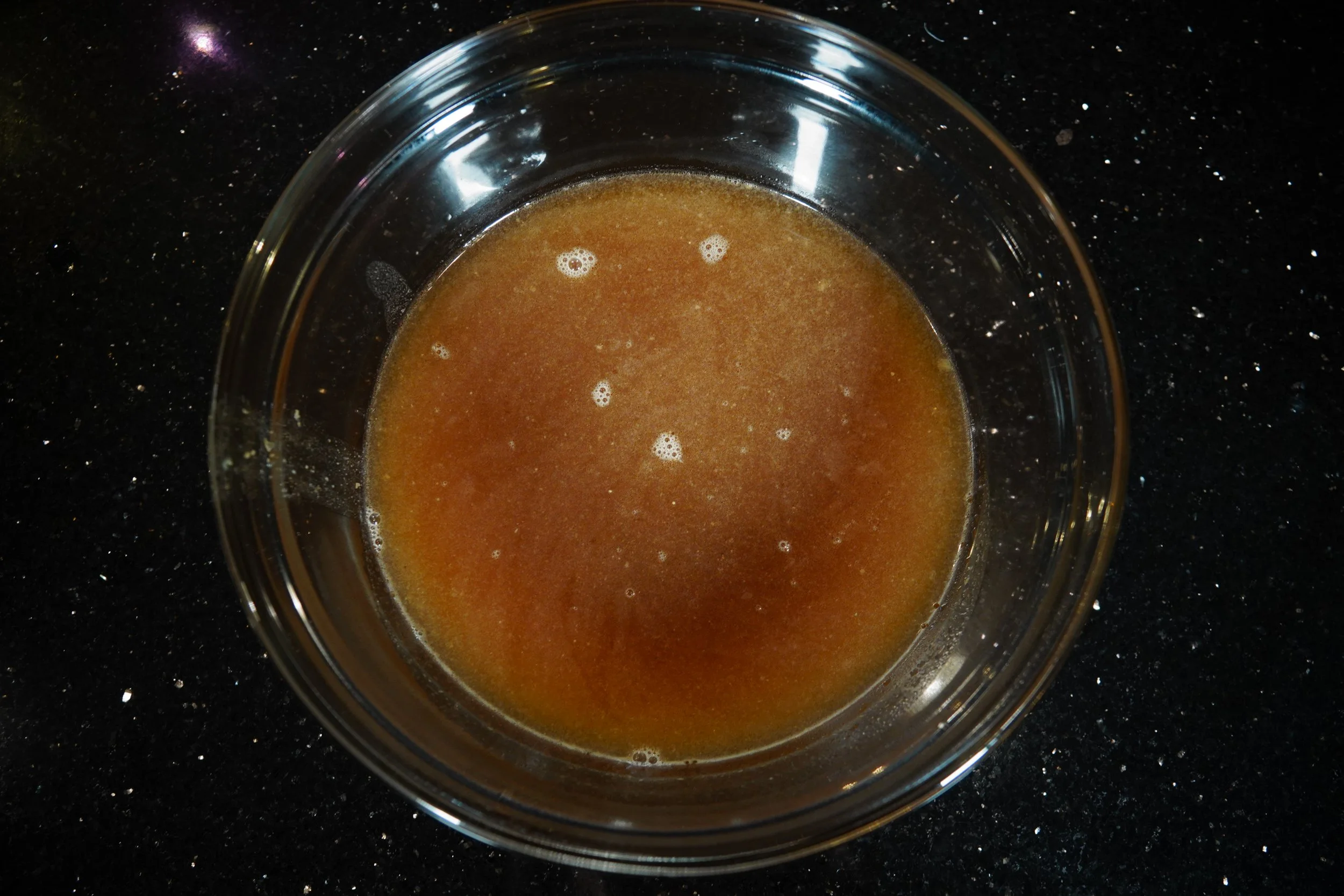Mint Jams by Casiopea- Ramen
Gleaming city lights. Crisp, late-night air. Effortless movement and captivating adventure. Mint Jams is a soulful ride through the 1982 Tokyo streets that warms your heart like your favorite childhood memory. Casiopea’s mesmerizing live performance delivers an intricate Japanese Jazz Fusion record that radiates flashing sound in every direction. From nostalgic refrains to energizing solos, Mint Jams will have you eagerly anticipating what’s next while sitting in awe of what you just heard. This album is a gem, a brilliant body of work by one of Japan’s most influential music groups, Casiopea. The group has released over 30 albums since their debut record Casiopea in 1979, and many of the early members hold musical significance in other areas of Japanese culture, like Minoru Mukaiya, (keyboardist) who composed over 200 distinct melodies for different train stations throughout Japan based on his expression of what each area sounded like. Casiopea’s musical prowess allows for impeccable precision and raw emotion on Mint Jams (1982); an action-packed 36-minute record that will leave you better than when you found it.
The album kicks off with “Take Me,” a magnificent display of feel-good pacific sounds that establish a sense of wholesomeness carried throughout the rest of the tracks. “Asayake” follows, laying down a nostalgic 80’s guitar riff overlayed with a dreamy synthesizer. As the song progresses, the intensity on guitar picks up, introducing the first flavors of energized soloing that works in tandem with up-tempo bass lines. Next is a minty-cool jam that embodies the album’s essence, “Midnight Rendezvous.” This track makes me feel like I’m in the Mushroom City map in Mario Kart: Double Dash. Its irresistibly funky synth and bass lines set the stage for the guitar to effortlessly cruise, leading to an awe-inspiring synthesizer solo and electrifying ending. To keep the energy high, “Time Limit” showcases Casiopea’s raw talent, as the group plays as fast as humanly possible to squeeze every note into their shortest track, sitting at 2 minutes and 35 seconds. Their lengthiest track, “Domino Line,” comes next with a return to sounds of video game-nostalgia that were sprinkled throughout the opening songs. This one has the classic lighthearted 80’s feel heard earlier in the record, and quite a bit of showmanship. The keys, guitar, bass, and drums all claim their own solos, following each other back-to-back in a domino line as the song title suggests. Finally, we hit the apex of the record with “Tears of the Star,” a song that sounds exactly like its name. The slowed pace encourages you to soak up the moment as Casiopea takes you on a rollercoaster of emotion to reflect on how far the seemingly innocent album has come. Lastly, the grand finale, “Swear,” brings the album to a bittersweet close, coming back full circle to the breezy island feel from the very first track. Combining all the best elements from the record, “Swear” delivers one last wholesome refrain accompanied by walk-off solos from both the keys and the guitar. In the final moments, Casiopea gets the crowd involved to remind you that this powerful piece of music happened in front of a live audience on a February night in Tokyo, 1982.
Best Song
Midnight Rendezvous. Honorable mention Tears of the Star
Best Moment
Finale of “Swear”
The recipe I came up with for Mint Jams is a unique rendition of an all-time favorite food of mine to complement an all-time favorite album. Ramen seemed like the obvious choice, as the music encapsulates so many elements of Japanese culture and sounds like it belongs in a Nintendo game. Ramen is a Japanese staple loved by virtually everyone on the planet; the warmth and comfort of broth and noodles paired with simulating toppings makes for a truly blissful experience. In this recipe, I upped the energy and adventure to capture the invigorating zing, dreamy mysticism, heartwarming nostalgia, and calculated coolness of Mint Jams.
To stay true to the distinct Japanese sound of Mint Jams, I wanted the base of my Ramen to have traditional Japanese flavors. I also wanted it to be light and clean because the album displays so much musical precision. So, I started by making ichiban dashi, a broth made of kombu (dried kelp) and katsuobushi (dried fish flakes). This gives the broth an umami ocean flavor that brings out the feel-good island vibes of the record, and its simple ingredients keep any fats from oversaturating.
The base of the broth is built around four spices: sumac, coriander, cardamom, and sesame (not really a spice but in this case, using it as such). Sumac sets the first pillar of the album with its high acidity and citrus-like flavor to embody the energized synchronization that we hear on “Time Limit” and virtually every track. The cardamom displays the fragrant dreaminess from the synthesizer used all over the record, like in the opening of “Take Me” and “Tears of the Star.” Coriander acts as the perfect complement, bringing a refreshing balance to the mix with a mellowed out citrusy tang to capture the effortless riffs and vibe-riding leads of “Asayake,” “Midnight Rendezvous,” and others. Lastly, the ground sesame keeps us rooted in the Nintendo nostalgia with a familiar Japanese flavor profile we hear on “Domino Line” and “Swear.” After lightly sautéing garlic, shallot, and ginger to build umami, I add these spices to the pan along with a bit of honey for a touch of sweetness and deglazed it all with the Ichiban Dashi stock. Once comes to a simmer, I add tare (a mixture of shoyu, sake, mirin, and brown sugar) and white miso to develop a distinct ramen taste. Additionally, I add a few squirts of lime juice for a bit more zing than usual to keep up with the energized pace of the album.
Finally, I incorporate a few different herbs that, like the spices, reflect some of the main sounds of Mint Jams. The first is, you guessed it, mint. It’s in the album title, so I couldn’t leave it out. But that’s not the only reason it’s in here, mint brings a sense of refreshing coolness to the broth that cuts through the commotion. The next is basil, which does much of the same as mint but adds a bit more sweetness that contributes to the feel-good vibes of the record. Lastly, green onion plays into the traditional Japanese profile while offering another bright, crisp, umami flavor.
The toppings on the Mint Jams ramen dish are an ode to the frequent soloing we hear from track to track. They all have a way of capturing the same elements of the album we put into the broth, mainly the high acidity, dreamy sweetness, palate cleansing refreshment, and Japanese umami. The pickled ginger serves as a crunchy and tangy topping to convey the high energy. The tofu glazed with a ponzu captures the dreamy sweetness and finishes with a bit of heat from a chili crisp garnish. The bamboo shoots and bean sprouts serve the palate cleansing role that the mint and coriander play. And finally, the shishito peppers, like the grand finale “Swear,” offer us a last bittersweet flavor as the caramelization of the peppers balances out their natural bitterness.
I hope you have as much fun listening to this album and making this recipe as I do. Not only do the flavors encapsulate the sound, but the colors of this dish paint a beautiful picture of the record. Keep an open mind when plating your ramen bowls, it’s a freeform dish so the possibilities are endless. There is no one-star of the show, so you can get creative here and come up with exciting placements. Visit the Recipes page to find the full-length recipe walkthrough. Thank you for checking out this recipe and album breakdown!

